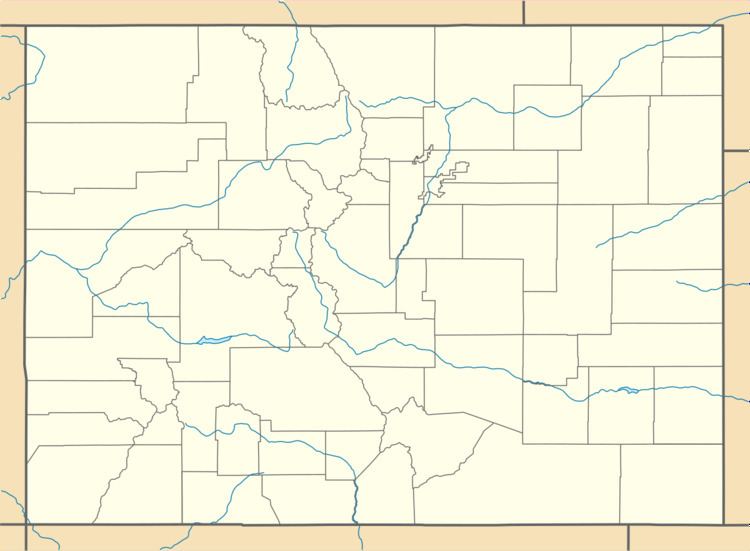NRHP Reference # 90001084 Added to NRHP 18 July 1990 | Area 5 ha | |
 | ||
MPS Prehistoric Paleo-Indian Cultures of the Colorado Plains MPS | ||
The Jurgens Site is a Paleo-Indian site located near Greeley in Weld County, Colorado. While the site was used primarily to hunt and butcher bison antiquus, there is evidence that the Paleo-Indians also gathered plants and seeds for food about 7,000 to 7,500 BC.
Contents
Geography
The site is located on a South Platte River terrace in northeastern Colorado, 9 miles (14 km) east of Greeley near the town of Kersey. There are three sites located nearby; The Frazier site is 1 mile (1.6 km) away and the Dent site is 16 miles (26 km) southwest.
Paleo-Indian
Paleo-Indians were primarily hunters of large mammals, such as the Bison antiquus, during a transitional period from Ice Age to Ice Age summer. As the climate warmed, glacial run-off created lakes and savannas. At the end of the summer period the land became drier, food was not as abundant, and they became extinct. People adapted by hunting smaller mammals and gathering wild plants to supplement their diet.
The items found at the site were identified as Cody complex culture. The Cody complex was first identified at a bison antiquus kill site near Cody, Wyoming in 1951. In addition to the Cody and Jurgens site, other Cody bison kill sites include Green River Basic (WY), Carter/Kerr-McGee (WY) and Frasca (CO). The sites are distinguished by their campsites, tools and butchering process. The tools, dated between about 6,000 and 8,000 BC, include Cody knives and Scottsbluff and diamond shaped Eden projectile points. Shaft abraders, used to straighten spear shafts, were found at the Jurgens Site and a few other Cody complex sites.
According to Noel Justice, the site was inhabited first by people of the Agate Basin Site culture and a second time by people defined as the "Kersey culture".
Bison kill site
Although bison antiquus were dying off as the result of climate changes at the end of the Ice Age, the Jurgens site was evidence of their ability to acquire significant numbers of bison about 7150 B.C.
Artifacts
Artifacts were found in distinct areas within the site:
There was also an area where tools were resharpened or replaced. In addition to the bison bones at the site, there were also butchered mammal (such as antelope, elk, deer), fish and bird bones.
Tools at the site included:
Excavation and studies
In 1967 Wormington excavated the Frazier site where she found Agate Basin Site (WY) artifacts and bison bones. Malde was the geologist on the Dent and Frazier sites.
